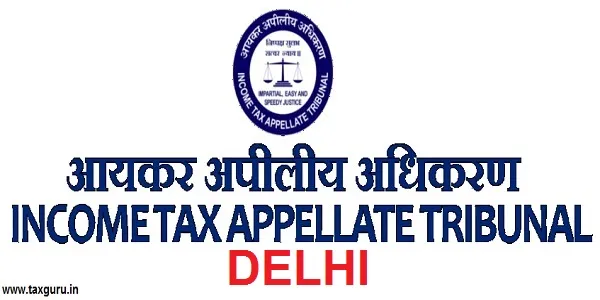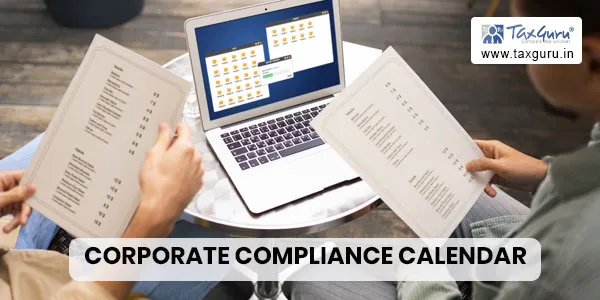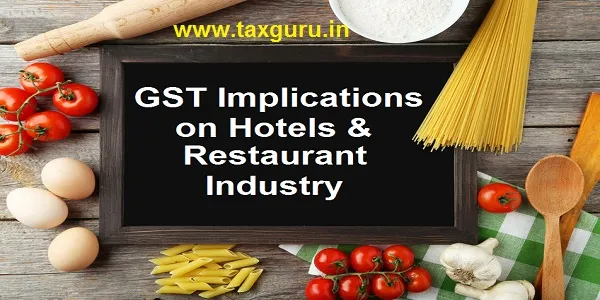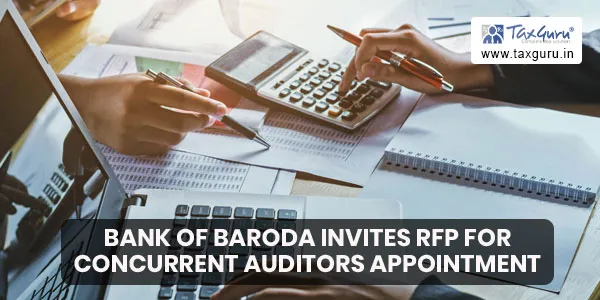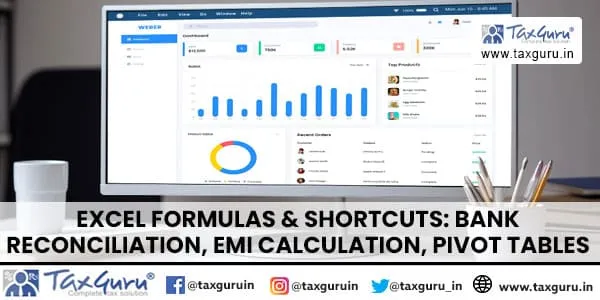Introduction:
The Composite Scheme under the Goods and Services Tax (GST) was introduced to simplify the tax compliance process for small businesses. It is a voluntary scheme that provides relief to small taxpayers by allowing them to pay a fixed rate of tax based on their turnover. This scheme is particularly beneficial for small businesses that do not have the necessary resources to comply with the stringent requirements of the regular taxpayer scheme. The Composite Scheme is an alternative to the regular taxpayer scheme and is designed to make tax compliance easier for small businesses, thereby promoting ease of doing business in India.
Eligibility Criteria:
Businesses with a turnover of up to Rs 1.5 crore can opt for the Composite Scheme. If the turnover exceeds the threshold, the business has to convert to the regular taxpayer scheme.
Procedure for Conversion:
To convert from the Composite Scheme to the regular taxpayer scheme under GST, the following procedure needs to be followed:
Log in to the GST portal using the registered credentials.
Navigate to the ‘Services’ tab and click on ‘Registration’.
Select the ‘Application for Conversion from Composition Levy to Regular Levy’ option.
Fill in the required details such as the GSTIN, legal name of the business, and the reason for conversion.
Upload the necessary documents such as the GST registration certificate, PAN card, bank statement, and other relevant documents as specified by the GST authorities.
Once the application is complete, submit it on the GST portal.
After submitting the application, a verification officer will be assigned to verify the documents and the reason for conversion.
If the verification officer approves the application, the business will be granted registration under the regular taxpayer scheme, and a new registration certificate will be issued.
The business will then be required to file regular GST returns and pay tax at the applicable rates.
It is essential to note that the conversion process typically takes around seven working days. However, the timeframe may vary depending on the workload of the GST authorities and the completeness of the documents submitted.
Documents Required:
To convert from the Composite Scheme to the regular taxpayer scheme under GST, the following documents are typically required:
- GST registration certificate obtained under the Composite Scheme.
- PAN card of the business entity.
- Bank account details of the business entity, including bank statements and cancelled cheque.
- Details of purchases and sales made during the previous financial year, if applicable.
- Invoice details of purchases and sales made in the current financial year.
- Business details such as the address proof, constitution of the business, and proof of ownership or rent agreement.
- Income tax returns and financial statements for the previous financial year, if available.
- Any other documents specified by the GST authorities during the application process.

It is crucial to ensure that all the documents submitted are complete, accurate, and up to date. Any discrepancy or incomplete information may delay the conversion process or lead to the rejection of the application.
Timeframe for Conversion:
The timeframe for conversion from the Composite Scheme to the regular taxpayer scheme under GST typically takes around seven working days. However, the actual timeframe may vary depending on various factors such as the workload of the GST authorities, completeness of the documents submitted, and any other factors that may affect the processing time.
During the conversion process, the application is first verified by the GST authorities to ensure that all the necessary documents have been submitted and that the reason for conversion is valid. If any discrepancy or incomplete information is found, the application may be rejected or sent back for further clarification. This may lead to a delay in the conversion process.
Once the verification is complete, and the application is approved, a new GST registration certificate will be issued to the business entity. The business can then start filing returns and paying taxes under the regular taxpayer scheme.
To avoid any delays in the conversion process, it is essential to ensure that all the necessary documents are submitted correctly and that the information provided is accurate and up-to-date.
Impact on Tax Liability:
The conversion from the Composite Scheme to the regular taxpayer scheme under GST may have an impact on the business entity’s tax liability. Some of the key factors that may impact the tax liability are:
- Input tax credit (ITC) eligibility: Under the Composite Scheme, the business entity is not eligible to claim ITC on the purchases made. However, under the regular taxpayer scheme, the business entity can claim ITC on the purchases made for business purposes. This may result in a reduction in the tax liability.
- Tax rates: The tax rates under the Composite Scheme are generally lower than the tax rates under the regular taxpayer scheme. Therefore, the conversion may result in an increase in the tax liability.
- Threshold limit: Under the Composite Scheme, the business entity can only make supplies up to a certain threshold limit. However, under the regular taxpayer scheme, there is no such restriction, and the business entity can make supplies without any limit. This may result in an increase in the tax liability.
- Compliance requirements: The compliance requirements under the regular taxpayer scheme are more stringent than the Composite Scheme. The business entity may need to invest more time and resources to comply with the requirements, which may result in additional compliance costs.
It is essential to carefully assess the impact of the conversion on the tax liability and take the necessary steps to ensure that the tax liability is calculated accurately and paid timely.
Input Tax Credit:
When a business entity converts from the Composite Scheme to the regular taxpayer scheme under GST, it is required to maintain the stock inventory as on the date of conversion.
Conversion from composition scheme under current regime to normal tax payer under GST will attract transition provision and will be allowed credit of duties held in stocks as inputs or credit of value added Tax in respect of inputs and inputs contained in semi-finished or finished goods on the appointed date subject to the following conditions:
Such inputs or goods are used or to be used in the making of taxable supplies
Not being a composite scheme holder
Being eligible to claim credit of taxes
The inputs were not such that credit was not admissible under the earlier law due to being mentioned in any schedule or otherwise
Being in possession of invoice or document evidencing payment of duties under earlier laws w.r.t. inputs held in stock and semi-finished or finished goods
Such invoices and/ or documents were issued maximum twelve months before the appointed date.
The manner of calculation of amount of credit under GST for Composite scheme will be prescribed.
The treatment of input tax credit (ITC) on such stock depends on whether the stock is eligible for ITC or not.
If the stock is eligible for ITC:
1. The business entity can claim the ITC on such stock that is held on the date of conversion and use it against the output tax liability under the regular taxpayer scheme.
2. The ITC claimed on the stock should be based on the invoices that the business entity holds, and the tax paid should be supported by relevant documents.
If the stock is not eligible for ITC:
1. The business entity cannot claim any ITC on such stock that is held on the date of conversion.
2. However, the business entity can continue to sell such stock without any restriction.
3. The tax liability on such stock would be calculated based on the purchase price, and the tax paid on the purchase would not be available as an ITC.
It is important to note that the ITC on stock held on the date of conversion can be claimed only if the business entity has maintained the relevant documents, such as invoices and bills, to support the claim. Any discrepancy or incomplete information may lead to the rejection of the ITC claim.
Compliance Requirements:
During the conversion process from the Composite Scheme to the regular taxpayer scheme under GST, the business entity is required to comply with certain regulations to ensure a smooth and hassle-free conversion. Some of the compliance requirements are:
- Maintaining stock inventory: The business entity is required to maintain a stock inventory as on the date of conversion and segregate the stock based on whether it is eligible for input tax credit (ITC) or not. The ITC claim on such stock depends on the eligibility criteria, and the business entity should ensure that the relevant documents are maintained to support the ITC claim.
- Issuing tax invoices: The business entity is required to issue tax invoices for all the supplies made after the conversion date. The tax invoice should contain all the mandatory details, such as the GSTIN, legal name, address, and tax rate.
- Filing GST returns: The business entity should file GST returns as per the regular taxpayer scheme’s requirements. The GST returns should be filed timely and accurately to avoid any penalties or fines.
- Paying taxes: The business entity is required to pay taxes as per the regular taxpayer scheme’s requirements. The tax liability should be calculated correctly, and the tax payment should be made timely to avoid any penalties or fines.
- Updating registration details: The business entity should update its registration details, such as the legal name, address, bank account details, and other relevant information, as per the regular taxpayer scheme’s requirements.
- Maintaining records: The business entity should maintain all the relevant records and documents, such as tax invoices, bills of supply, purchase invoices, and sales invoices, as per the regular taxpayer scheme’s requirements.
Conclusion:
Conversion from the Composite Scheme to the regular taxpayer scheme is an essential step for businesses that have outgrown the turnover threshold. By making the transition, the business can benefit from input tax credit, comply with the GST rules and regulations, and stay on the right side of the law.
It is advisable to seek professional assistance to ensure that all the compliance requirements are met and that the conversion process is completed smoothly and in compliance with the GST regulations.










